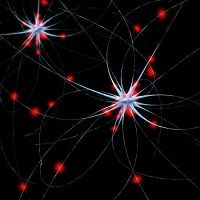Study Questions MS Biomarker
Neurofilament lightchain level may be a biomarker for other conditions, but it is weak as an independent risk factor for multiple sclerosis, researchers report.

Although neurofilament light (NfL) chain level may be a biomarker for other conditions, it is weak as an independent risk factor for multiple sclerosis (MS) according to the results of a recent study. Georgina Arrambide, MD, PhD, of the Vall d’Hebron Hospital at the Autonomous University of Barcelona in Spain, and colleagues, authored the study, published ahead of print on August 12, 2016, in the journal Neurology.
The researchers described their aim as being “to determine the prognostic value of selected biomarkers in clinically isolated syndromes (CIS) for conversion to multiple sclerosis (MS) and disability accrual.” In order to carry out that aim, the researchers used longitudinal data from CIS patients at 2 centers, recording baseline data then conducting follow-up visits every 3-6 months, “assessing for relapses, clinical worsening, and excluding patients in whom we reached alternative diagnoses,” they said.
The biological markers were “fetuin A (FA), semaphorin 3A (sema3A), glial fibrillary acidic protein (GFAP), neurofilament heavy (NfH) and light (NfL) chains, and neruofascin,” reported the researchers. Of all the biomarkers, the researchers said, “only NfL levels were significantly higher in patients who converted to MS compared to nonconverters.”
They further noted, “The most striking findings concern MRI neurodegenerative parameters: not only in association with lesion load, accrual, and activity, but also independently of these parameters.” However, these results are not consistent with previous studies. The researchers say the small sample size and the lack of repetition in a second phase limit the results, but suggest future studies should assess the results of the present study.
The authors conclude by suggesting that “a cutoff value should be assessed in other cohorts, and finally, the value of NfL as a marker of axonal damage may be more relevant as suggested by the correlations with medium-term brain volume loss.”